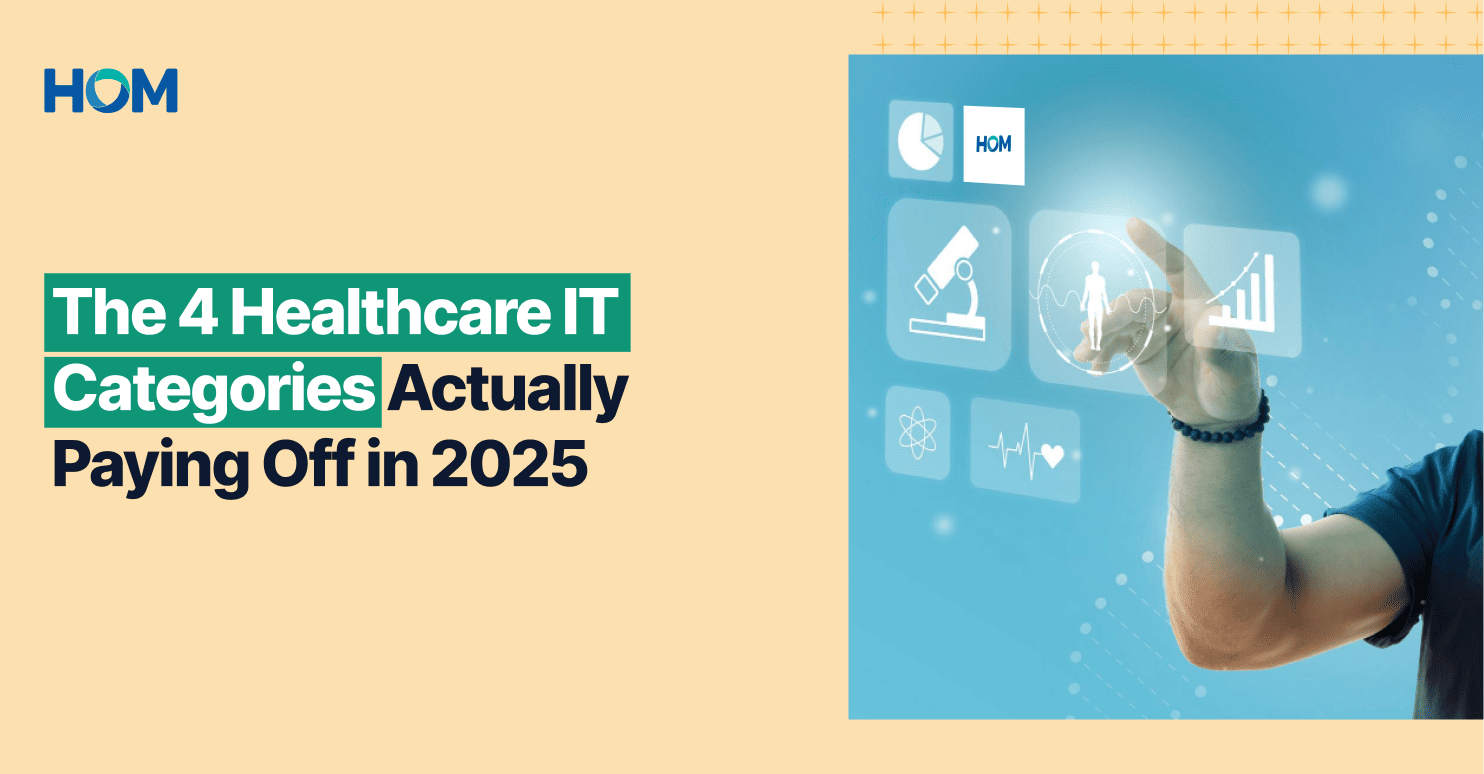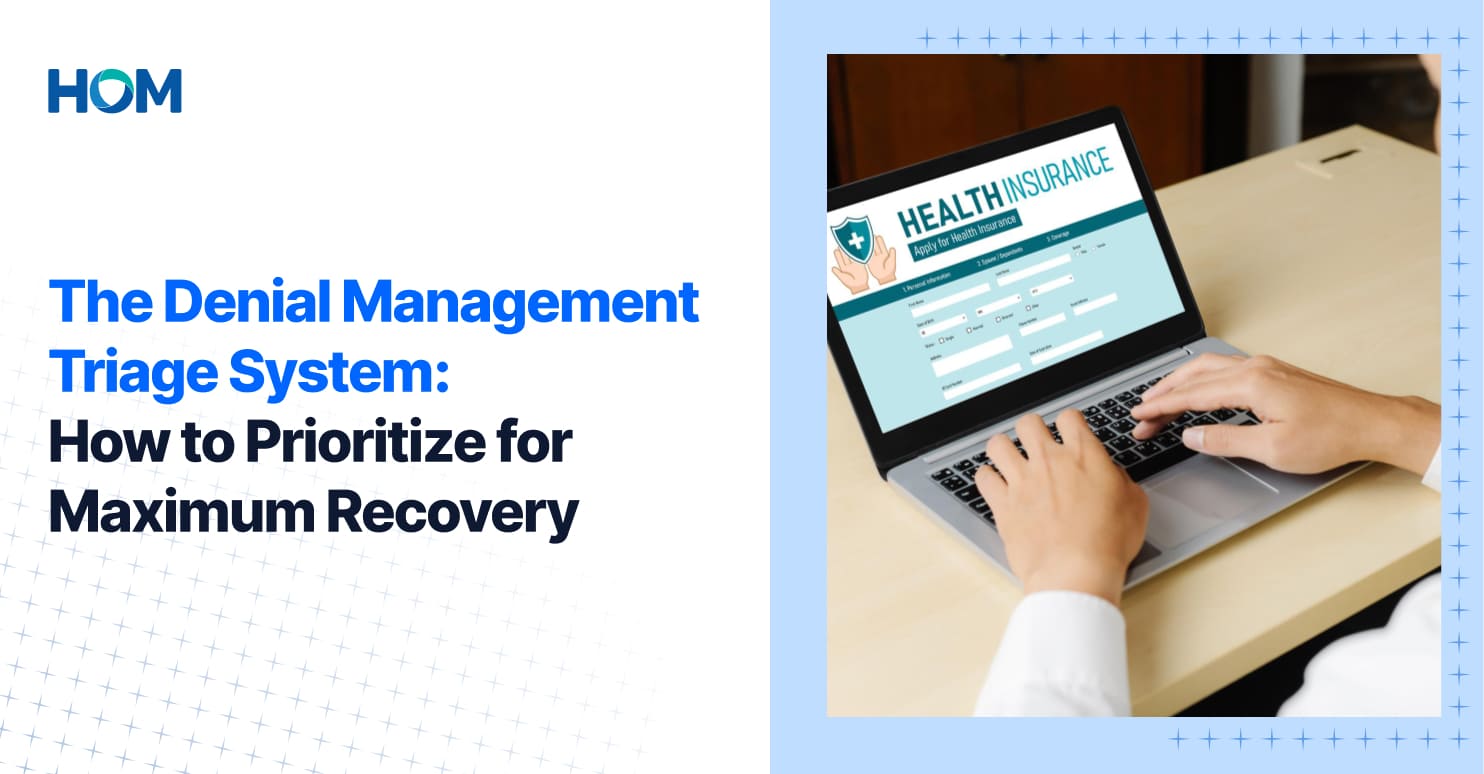
Revenue Cycle Management (RCM) is the financial backbone of healthcare in the US. Through this process, healthcare providers manage the various financial and administrative processes involved in a patient’s journey, from scheduling an appointment, checking coverage eligibility, patient receiving the medical service, billing, and receiving payments from health plans. The volume of resources that are utilized for this can be imagined by considering the market size of the US revenue cycle management. As per a report by Grandview Research, the market was valued at USD 140.4 billion in 2022 and is expected to expand at a compound annual growth rate (CAGR) of 10.3% from 2023 to 2030[1].
In practice, RCM is really about ensuring that patients are taken care of at every stage of the process, although this seems to focus primarily on the financial side of the business. This article explores the relationship between RCM and satisfaction for patients as well as ways to streamline RCM procedures to deliver the best possible patient care and experience.
How RCM Processes Impact Patient Satisfaction?
The impact of Revenue Cycle Management on patient satisfaction is significant and multifaceted:
- Impact of Clear and Timely Communication on Eligibility Verification: When a provider is able to verify eligibility for the required medical service in a timely manner, with complete clarity on inclusions and benefits, it would definitely add to the patient's experience in a positive manner, when compared with a delayed verification that can lead to patients getting impatient and negatively impacting their experience
- Efficient Appointment Scheduling and Demographic Entry: RCM involves the process of scheduling appointments for patients for their requested medical service. Efficient scheduling, which often involves some form of automation, makes it seamless and faster, impacting patient satisfaction positively. Moreover, at the time of scheduling the demographic entries also need to be shared correctly to support the eligibility verification step of RCM. If patients are given an easy and fast way to provide the details, it means lesser errors in the details shared, lesser errors in verifications and faster resolution for the patients so that they can receive the medical care at the earliest.
- Accurate Billing Processes leading to Patient Satisfaction: RCM ensures all necessary documentation is attached to claims, preventing rejections due to missing information, and causing any chaos or confusion between provider and patient regarding payment or co-payment, lack of which can severely affect a patient's experience negatively.
- Medical Coding Errors that Have a Negative Effect on Patient Care: Medical coding errors can result in incorrect diagnoses, ineffective treatments, and delays in patient care. Inaccurate coding may make it difficult for medical professionals to obtain critical patient data, which may lead to drug mistakes or allergic reactions. Comparably, clinical documentation improvement, or CDI, examines patient medical records to find gaps and make clear the range of treatments rendered. By ensuring accuracy, precision, completeness, and consistency in documentation, CDI helps create a more circumspect view of the patient’s health status.
- Impact of Credentialing on Patient’s Perception and Safety: Credentialing builds patient trust by confirming provider qualifications, fostering satisfaction and stronger relationships. Patients feel reassured when providers meet rigorous standards, enhancing care satisfaction. Credentialing ensures safety through verifying licenses and training, bolstering confidence in care quality.
- A referral management system can guarantee prompt access to specialized care: Its main goal is to expedite the referral process by improving communication between patients, specialists, and primary care providers. Patients who require specialized treatment are referred by their primary care physician to other physicians or facilities. Effective communication is enhanced by a well-thought-out referral management procedure, which also considerably raises patient retention rates.
Strategies for Improving Patient
Satisfaction through Efficient RCM Processes
How to Optimize RCM Processes for Patient Satisfaction
Improving patient satisfaction through Revenue Cycle Management (RCM) requires the implementation of strategies that prioritize transparency, efficiency and patient focus in budgeting. Here are some key strategies to look out for:
- Invest in Technology: Implementing advanced RCM software and systems automates repetitive tasks, reduces manual errors, and enhances efficiency. Such technology also includes features such as online appointment scheduling, bill payment portals on easy-to-use mobile applications empower patients to manage their journey conveniently, contributing to overall satisfaction.
- Employee Education and Training: Provide employees with thorough training on RCM procedures to reduce errors, particularly in procedures like eligibility verification and billing. It enables providers to establish a connection based on trust in addition to maintaining a sound cash flow and revenue cycle.
- HEDIS for Tracking Performance: Track key performance metrics for patient satisfaction and revenue cycle management by using data analytics technologies. For example, in the United States, 90% of health systems use the Healthcare Effectiveness Data Information Set (HEDIS) to track performance in critical care and service areas. Information on customer satisfaction, particular health care metrics, and structural elements that guarantee quality of care are all available through the HEDIS data collection process. Identifying trends, bottlenecks, and areas for improvement enables proactive interventions and continuous optimization of RCM processes.
- Build trust with accurate Credentialing: Credentialing is a critical part of RCM. It is the process where insurance companies ensure physicians meet clinical care standards by verifying education, affiliations, licenses, certifications, and training. Moreover, it ensures there's no history of malpractice or adverse clinical incidents, giving patients confidence in the quality of care they will receive. This process has been placed in the system to endorse patient safety and quality of care. When done accurately, it leads to more trust between the patient and the provider.
Conclusion
To sum up, it's critical for healthcare organizations to excel in both Revenue Cycle Management and patient satisfaction. When they focus on being efficient and putting patients first in their financial processes, it's a win for both the providers and the patients. Patients feel satisfied with their experience, leading healthcare organizations to have a stronger bond with patients, a better reputation, more loyal patients, and an increased number of new patients to their healthcare center through word of mouth, ultimately growing the business in a steady and sustained manner.
If you are a healthcare professional and wish to discuss how to optimize revenue cycle management for your organization, feel free to write to us at partnerships@homrcm.com.
Bring a change to your Healthcare Operations
A partnership with HOM gives you an inherent:
Connect with our experts for a quick analysis and possibilities.

















